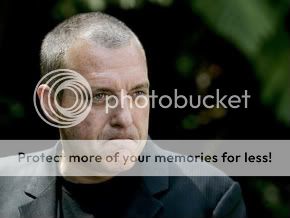
Given the great deal of interest that has been expressed not only in the landmark film
Slumdog Millionaire and its groundbreaking and technologically innovative director Danny Boyle, but also in the film's use of the Silicon Imaging SI-2K camera for some of the key shots in the film...
...it will probably come as no surprise that there has also been expressed some interest and questions about the rolling shutter employed by the camera and its ramifications for the film itself.
With those questions in mind, I will say the following: there are some rolling shutter artifacts that do appear in
Slumdog Millionaire, and while I myself am one of those who tends to avoid the use of a rolling shutter in potentially troublesome situations, I am also one whose eye has been trained to a ridiculous degree to spot these sorts of things.
So while I will state that the rolling shutter does reveal itself in a couple of instances, I will also state the following even more loudly:
The film won the Oscar for Best Freaking Picture. The point is, that those on the technical side may obsess on the minutia of a given shot or film sequence, while even the voters for the Academy will be forgiving if a sequence or film works emotionally. This does not mean that you should abandon sound filmmaking principles - it only means that a couple of rolling shutter artifacts in a feature-length film are not going to be what the audience goes home talking about if you have done your job as a filmmaker.
With that said, here are a couple of frame grabs from about one hour and forty minutes into the film, as our protagonist is in a car, trying to make his way through a throng of camera-wielding fans.

As you will know if you have read any of my musings on the rolling shutter, camera flashes present a specific problem for this method of image capture. As you can see, only a portion of the sensor was active for the miniscule moment in time when the flash was active. By the time the rest of the sensor had taken in the image, the flash was gone. Likewise, we have a partial exposure in the frame below.

So I guess it all boils down to this. Even the pros -- even the
Best Picture Winner pros can get some partial exposure artifacts in their work. But before you freak out, ask yourself... Did
you notice when you watched the movie? I highly doubt it. So while I don't want to talk you out of being a perfectionist in your filmmaking, do also realize that some things are more worthy of your finicky obsessions than others. I, for one, am glad that Danny Boyle didn't cut these shots from the film.















